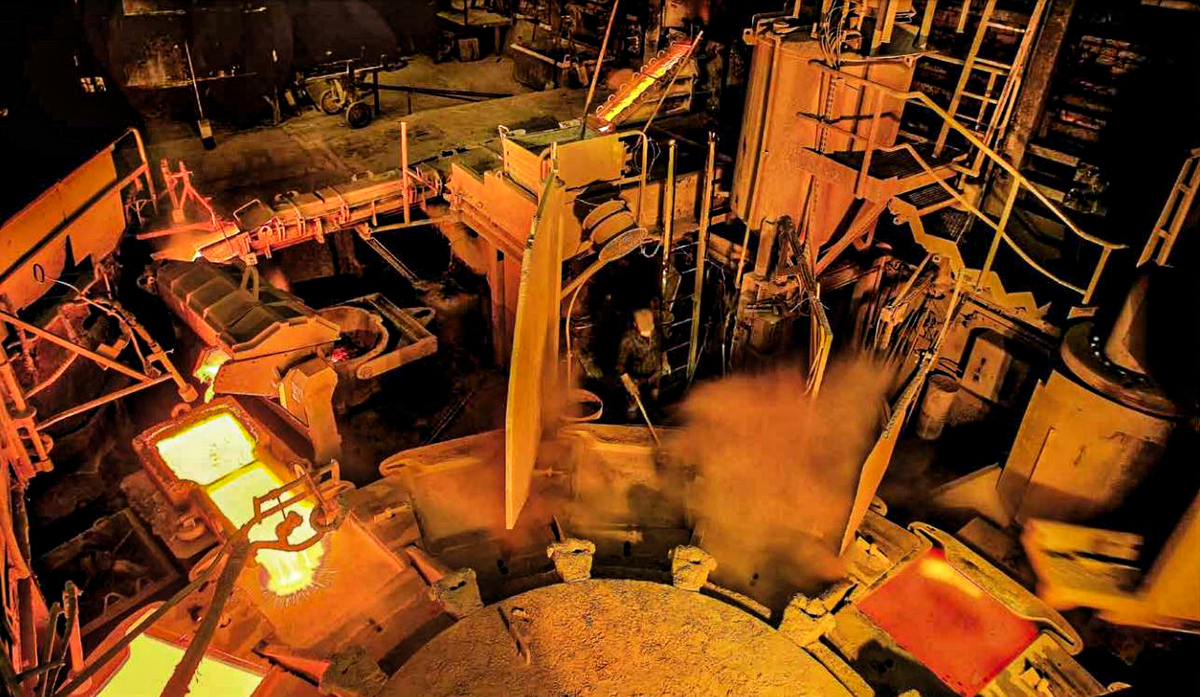Introduction
The project plays a special role in the COMET K1-MET program as it deals exclusively with innovative aspects in copper recycling metallurgy. In this manner, it supplements the other projects from Area 1, which are rather focused on iron and steel.
In secondary copper metallurgy, different and complex materials from the metal recycling industry are treated. They contain other valuable non-ferrous metals, like silver, nickel, tin, zinc, or lead. These elements are partially transferred to the slag or fine dust streams during pyrometallurgical treatment of secondary materials. On the other hand, the fumes produced within the pyrometallurgical process chain contain zinc, lead, and tin. Interactions over the whole process chain are covered within this project. The project covers upgrading of feed materials over smelting and refining processes to derive enhanced copper product qualities until the recovery of all valuable metals from process dusts and slags. As valid for the steel sector, a resource and energy-efficient process with minimum CO2 emissions (using hydrogen or alternative reduction agents, such as bio-based sources, increased oxygen utilization, and state-of-the-art processing equipment) is also required for the nonferrous steel sector.
- Increased efficiency of dry-based and containerized modular processing techniques to separate undesired material fractions, such as plastics, aluminum, or stainless steel to improve the quality of copper-containing secondary raw materials optimised for a pyrometallurgical shaft furnace-based smelting and refining processes
- Injection of fine-grained complex copper containing secondary raw materials and process residues to extend the feed material basis and for improving copper refining efficiency
- Use of hydrogen and/or biogenic carbon-based reduction agents (e.g., bio coke) to approach CO2 neutrality during smelting of secondary copper materials and downstream slag treatment steps
- Increased use of electrical power for metallurgical processes to partially replace fossil sources, e.g., by Plasma Smelting Reduction
- Selection, sampling, and characterization of copper recycling materials
- Laboratory and pilot tests to separate unwanted particles by appropriate dry-based and modular techniques and characterization of separated fractions
- Lab- (1 kg capacity) and semi-pilot scale (15 kg capacity) trials regarding pneumatic injection of fine feed materials
- Thermodynamic/flowsheet models (FactSage®, HSC-Sim) concerning secondary copper refining
- Utilization of hydrogen within a lab-scale equilibration furnace to study reduction kinetics under Ar / H2 / H2O, and Ar / CO / CO2 atmospheres
- Slag valorisation reduction processing within a semi-pilot Plasma Furnace
- Testing burners with different renewable fuels (incl. H2) and with oxygen enrichment
- Evaluation of non-fossil fuel sources, CO2 reduction potential, and energy efficiency (waste heat recovery/storage) with use of flowsheet modeling
Results and Application
The pre-processing of copper containing recycling materials on a dry basis with varying qualities should be improved to quantify if this can be a suitable separation technique for undesired fractions. Proper qualities of secondary raw materials as input streams for a pyrometallurgical copper shaft furnace process are expected.
During the shaft furnace process, the use of hydrogen or bio-based sources as reducing agents will be demonstrated at lab-scale and pilot-scale. Accompanied know-how about slag reduction processing is expected with the use of a semi-pilot plasma furnace.
Burner concepts operated with renewable fuels are created and the use of alternative fuel sources instead of fossil fuels are quantified. The processes are evaluated for waste heat recovery and CO2 reduction potential.
At the end of the process chain, a high yield of valuable metals should be reached through slag and dust processing inducing a possible zero-waste concept.

 DE
DE EN
EN![[Translate to English:]](/fileadmin/_processed_/4/0/csm_recycle49_weiss_b776401e10.png)

